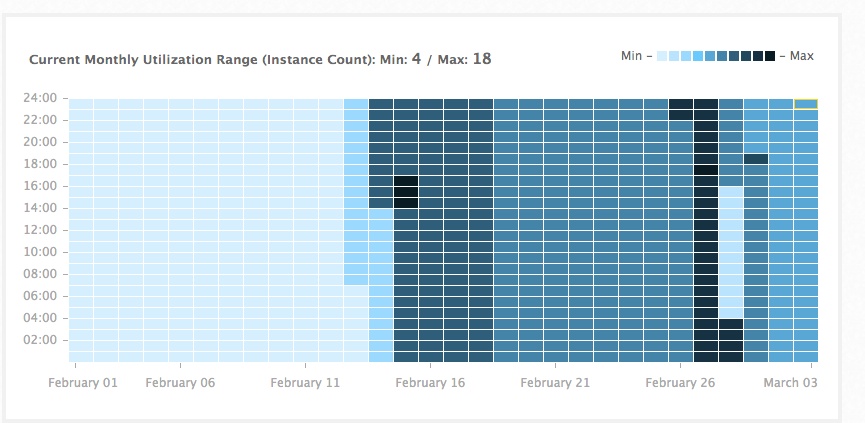Consumption, Utilization and Elasticity: Cloud Basics

Lets start with a basic scenario where there is a sudden peak in the demand for an application service as the amount of clients’ requests increase. This event leads to a direct and immediate impact on the load placed on the web servers that host the service. In the traditional world, the number of servers is fixed, therefore an overload adversely affects the application performance and the service may slow down or even be terminated. The IT team would want to restore the environment functionality and bring the service up as soon as possible. The immediate impact of such an event on the business can be devastating. Starting with this simple understanding, we can move into the world of cloud computing use including resources consumption, while relating to the key differences between the traditional data center and today’s cloud technologies.
(more…)
